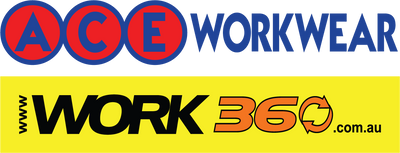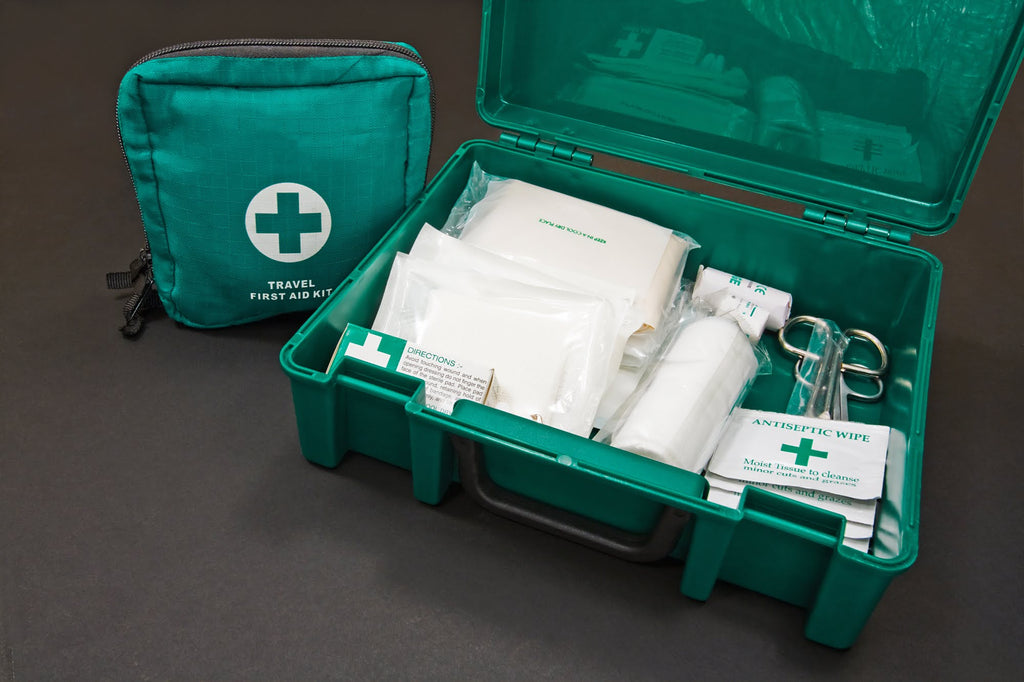Safety in the workplace for both the staff and clients is likely some of your top priorities. Although prevention is better than cure, mishaps do occur, so it's best to be ready. Having the right supplies to address common injuries and accidents at your work site can help keep everyone safe and healthy.
First Aid Kits
Safety regulations require a base of one first aid kit in a place of business, although the type and number necessary do vary depending on the industry and the size of the workplace.
General
Every business needs a general first aid kit to address the most common injuries that can occur. This needs to be in an accessible and visible location. Wall-mounted kits are common. The kit should contain bandages, burn treatments, and cleaning and sterilisation tools at a minimum, but always check current regulations to ensure it has the appropriate amount of supplies.
Site-Specific
You may also need a kit specific to your industry or to a specific area of your business. For example, in a kitchen, the kit should contain extra supplies for treating knife cuts and burns, while a warehouse floor may need to have supplies for wrapping sprains due to lifting. Industrial response kits are ideal for workplaces that deal with heavy machinery or hazardous materials.
Motorist
Any vehicles for company business should have a motorist first aid kit. These are typically smaller versions of a general kit, although they may contain specific first aid supplies for injuries your workers may experience when on a job with the vehicle, such as burn treatment supplies.
Wash Stations
Wash stations consist of a couple of different types. Although every business should have a sink for cleaning up, certain industries that deal with hazardous materials may require a more targeted wash station.
Eyewash
Eyewash stations are for flushing contaminants out of the eye, whether it is debris or hazardous chemicals. You have different styles of eyewash stations, but the general idea is that a stream of water targets the eye for several minutes in order to rinse it completely. Depending on your business, you may require multiple stations for different work areas.
Full Body
Full body wash stations, or clean showers, may also be necessary for industries that handle hazardous items. These are quick-activated showers, which may also include a chemical wash depending on the hazards present. Much like eyewash stations, you may require more than one depending on your industry and company size.
Incident Kits
Incident kits are simply smaller kits for specific incidents. Eyewash bottles are a common example. These are similar to an eyewash station except they are portable so they can travel with your workers when they are offsite.
Specific Situations
Some supplies are for highly specific situations. Some are necessary for all businesses, while others may only be necessary for specific industries.
Defibrillators
Although not required in most businesses, having a defibrillator on hand makes if your staff first aid responders know how to use it. A defibrillator increases the chances of survival in the event the heart stops by helping to restart it as soon as possible.
Spill Clean-Up
The type of spill clean-up you need depends on the most common spills. One or more basic kits, designed to both contain and clean up, should be at every place of business to address minor, non-hazardous spills. If chemical spills are a risk, then more specific kits designed to safely clean up the specific hazard are necessary.
Instant Barriers
Instant barriers increase safety by allowing you to quickly close off a hazardous area, such as in the event of a spill or when dangerous equipment is in use. Pop-up barricades, plastic chains, cones and hazard tapes are examples of barriers that may benefit your business.
Visit Ace Workwear to discover the best safety supplies for your specific industry.



